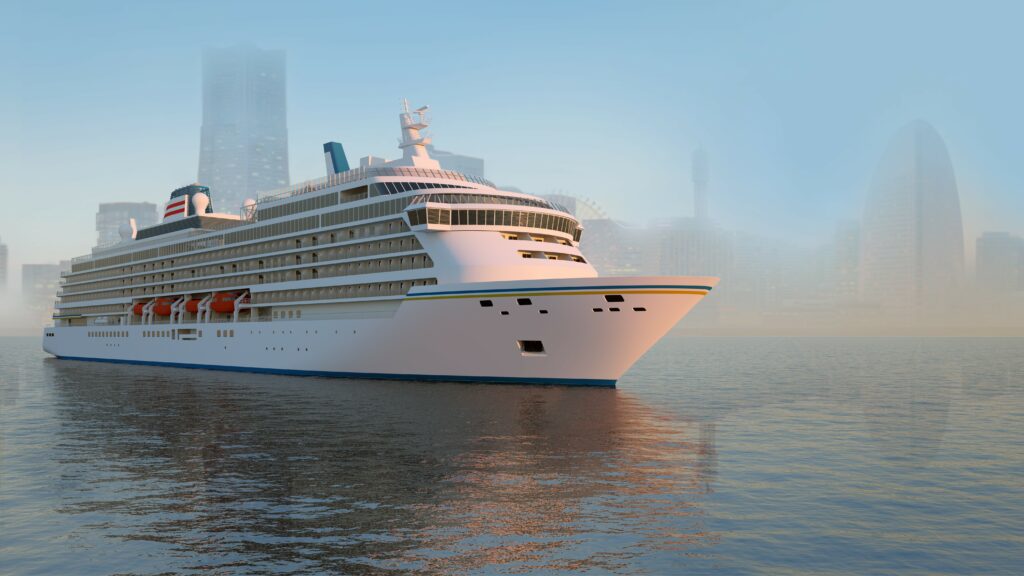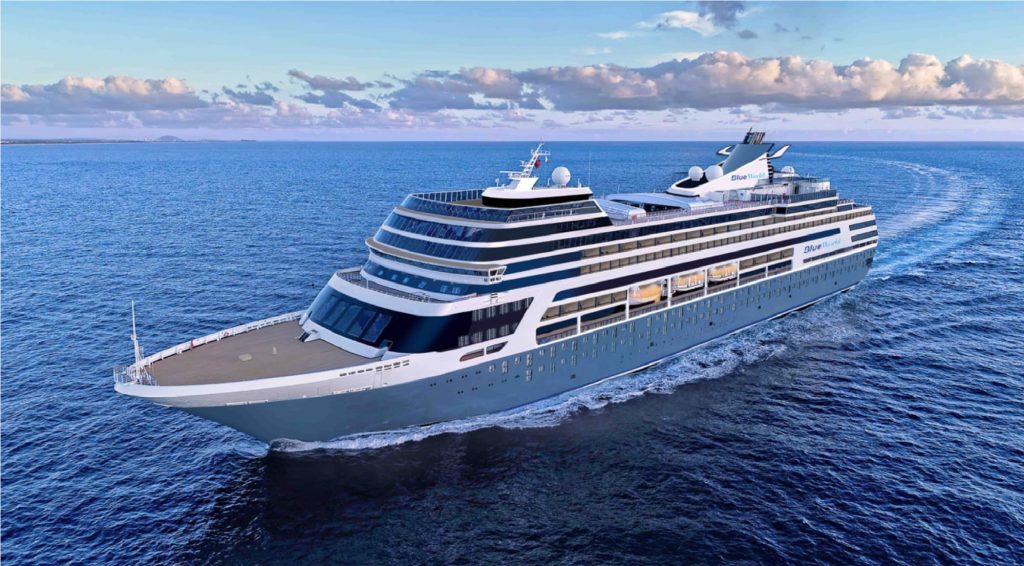Many profiting ship owners have seen their fortunes flipped upside down as a result of the recent drop in oil prices. Ship owners have little choice but to cut costs and put their boats up for sale or lay-up as profits decline. Similarly, the maritime and offshore sectors have been impacted.
As a result, several large and even small oil exploration enterprises with a significant maritime fleet have temporarily shut down to avoid their operations going aground.

Ships that have been temporarily put out of profitable operation owing to a lack of charter or cargo are referred to as “Layed-up” or “Lay-up.” Increases in freight charges are sometimes insufficient to cover the ships’ operating costs. ‘Laying up’ ships makes sense to the owners during such difficult times.
During this non-profitable period, a lay-up is used to lower the company’s overheads, such as ship mechanical wear and tear, manning costs, fuel, and insurance costs. When compared to the sale of ships during a drought, lay-up is almost always a more sustainable alternative. Owners sometimes are required to allow repairs or consider docking their vessels because of lay-up even.
Let’s Start By Delving Deeper Into What A Laid-Up Ship Is All About.
The procedures of putting up the vessels are known as ‘Hot Lay up’ and ‘Cold Lay up.’
The vessel is out of service during a Hot Lay-up, but it can be mobilised into duty at any time. In cold lay up, the vessel happens to be anchored or moored in a secure location while waiting for fresh work or contract.
Out-of-service ships require a secure haven for their non-working status, which necessitates meticulous preparation. The most crucial component in ship lay-up is deciding on a location.
The goal of laying-up in safe locations is to ensure the crew’s safety, the vessel’s security, and the environment’s protection. It also serves to protect the vessel’s structure against corrosive environments and machinery wear and tear.
The Following Criteria Are Used To Select Sites:

– Protection from open seas, winds, and weather to avoid additional structural injury that might be costly for the already shaky corporation
– Security and its influence on the location’s implementation. In light of the ISPS, SOLAS, and ISM standards, whether the area has an adequate backup plan.
– Easy re-mobilization in case of Hot-Lay up periods due to proximity to commerce / business regions. Because of their strategic and geographically advantageous places, areas around Singapore, Gibraltar, and Rotterdam, for example, are hotbeds for simple business resurrection.
– If repairs or docking are required, availability of repair workshops, spares, and stocks is essential.
– Access to general and utility services, such as fresh water, supplies, and gasoline, as needed for operational reasons, as these may become rare during long layoff periods.
– Fees and dues for a sustainable port, anchorage, and wharf
– If you’re anchoring, make sure you have enough water depth and a suitable holding ground because the lay-up can linger for days, even months.
– Access to suitable ship agents who can handle the majority of the port documents and crew changes as needed.
The classification society, lay up vessel service Malaysia, Flag State, P&I Clubs, H&M Insurance organizations, and other authorities, including port authorities, are normally notified and approvals are sought for lay-up at such places. During this time, the Flag State or the Class may perform mandatory inspections or audits. Port States are also not rare.
